If you’re passionate about table game development, getting familiar with how to create virtual table games is a great place to start. In today’s fast-growing digital gaming landscape, knowing how to develop an online board game gives you a significant competitive edge. From brainstorming your game concept to coding the game mechanics and designing unique graphics, table game development is a challenging yet rewarding process that demands strong technical skills and creativity.
Not ready to build from scratch? You can also collaborate with experienced table game software providers to get ready-to-launch solutions tailored to your vision.
In this blog, we’ll explore the best virtual table games, the development process, and why partnering with a reliable table game API provider is key to success.
What are Table Games?
Table games, or virtual board games, have been a part of the digital world since the early days of personal computers. But what exactly defines a table game?
Simply put, a table game is a board game adapted for digital platforms, playable online with friends, family, or other players worldwide. Whether it’s classic chess, checkers, or more intricate strategy games, any traditional board game available on your screen counts as a table game.
Table games vary widely in complexity. While some games require simple programming, others involve intricate graphics, animations, and interactive elements. Table casino games also fall under this category and are among the most popular in the gaming community.
The table game market is booming, with demand soaring as players seek engaging and social digital experiences. To tap into this growing industry, consider hiring an experienced table game API provider who can deliver robust, scalable, and feature-rich solutions.
Table Game Industry Market Statistics
The rise of smartphones has dramatically increased the popularity of online table games. According to Statista:
The online table game market generated $2.9 billion in revenue in 2022.
It is projected to grow at a CAGR of 9.31% from 2022 to 2027, reaching approximately $4.8 billion by 2027.
In-app purchases accounted for over $1.7 billion in 2022.
Advertising revenue hit around $1.08 billion.
The USA led the market with $1.75 billion in revenue.
Also Read: Board Game Design Guide: Everything You Need To Know In 2024
`
Step-by-Step Process to Develop a Table Game
Developing a table game involves several key steps: start with idea conceptualization and market research, then design game mechanics and visuals. Next, choose the right game engine and begin development, including coding and integrating AI or multiplayer features. After thorough testing and debugging, launch the game and continuously update it based on user feedback to ensure success and engagement.
Step 1: Game Design
Start with crafting the core gameplay experience. Focus on creating interesting choices and mechanics that keep players engaged. Good game design improves usability and ensures players enjoy every moment, even in simple games.
Step 2: Create Game Graphics
Design the visual elements of your board and pieces. For simple games, a tile-based board with basic graphics may suffice. Complex games require high-quality, detailed designs to enhance the experience. Make your game pieces visually appealing and consistent with the game’s theme.
Step 3: Build Level Designs
Develop your game board using your chosen game engine. If your game uses tiles (like chess or checkers), ensure the board layout is clean, symmetrical, and functional. Tools like prefabs can save time by allowing you to replicate board sections easily. For non-tile-based games, create immersive environments that fit your concept.
Step 4: Develop Movable Pieces
Work on making your game pieces interactive and movable. Add animations if possible to increase player immersion. Remember, your pieces should complement your board design — balance simplicity and complexity to maintain a cohesive look.
Step 5: Programming and Development
This phase brings your game to life. Choose the right programming language and game engine based on your project needs. For example, Unity uses C#, while Unreal Engine uses C++. Incorporate gameplay mechanics, AI for bot opponents, and multiplayer features if applicable. Rigorous testing ensures smooth, bug-free gameplay.
Step 6: Deployment and Ongoing Support
Once your game is polished, launch it on digital marketplaces like Google Play Store or Apple App Store. But don’t stop there! Regular updates, customer support, and marketing are essential to retain and grow your player base.
Popular Table Games to Inspire Your Project
Popular table games offer excellent inspiration for your game development project. Classics like Monopoly and Ticket to Ride showcase engaging mechanics and strategic gameplay. Modern favorites such as Words With Friends 2 and Exploding Kittens blend simplicity with fun. Exploring these successful games helps understand what captivates players, guiding you to create a compelling and enjoyable virtual table game experience.
| Game Title | Description | Key Features |
|---|---|---|
| Monopoly | Classic property trading game revamped for mobile | Enhanced features, property buying, trading |
| AI Factory Limited Games | Chess, Sudoku, Checkers with smooth gameplay and simple design | Variety of classic board games, user-friendly |
| Words With Friends 2 | Scrabble-inspired word-building multiplayer game | Multiplayer modes, word creation |
| Elder Signs: Omens | Strategy mystery game with multiple difficulty levels | Clue hunting, multiple challenges |
| Exploding Kittens | Fun, quick card game with simple mechanics | Turn-based play, humorous cards |
| The Game of Life 2 | Life simulation board game with career and family-building | Career paths, family growth, microtransactions |
| Really Bad Chess | Chess variant with randomized pieces for fresh experience | Unique piece sets, varied gameplay |
| Ticket to Ride | Railroad-building strategy game with multiple maps and modes | Route building, multiplayer, DLC content |
| Mini Metro | Subway design game with minimalist graphics | City maps, upgrades, simple but addictive |
| Antihero | Control a Victorian thief guild with strategy and resource management | Stealth tactics, guild upgrades, strategy |
1. Monopoly
Likely, you must be familiar with Monopoly. It is a board game that puts players against each other to battle in a capitalist environment. Just like the classic version, players move around the board, buy properties, and try to bankrupt their competitors. The popular board game is now available on the Google Play Store as an Android table game with extra features that greatly enhance the user experience. Want to develop games like Monopoly? Take help from the renowned table game api provider, offering enhanced solutions.
2. AI Factory Limited Games
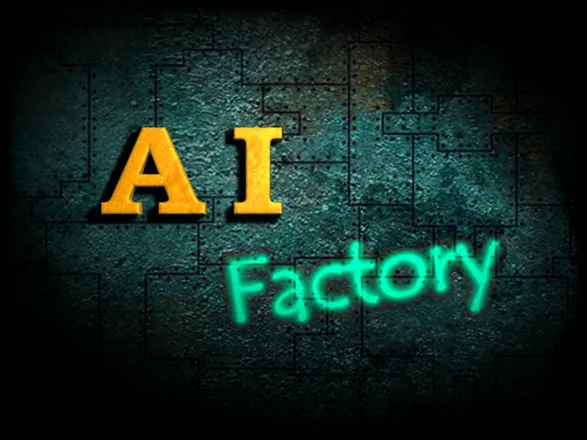
AI Factory Limited is a developer on Google Play Store that specializes in card and table games. They offer a lot of board games including chess, Sudoku, Checkers, Backgammon, etc. The games feature basic designs and offer a seamless gameplay experience. It comes in two versions- free and paid. However, the free version is more than enough for casual players.
3. Words With Friends 2

Words with Friends 2 is a rip-off of the popular word-making game Scrabble. This game allows players to play against their friends where they take turns and make words on the board. The player with the most points wins. Players can find various game versions like multiplayer, single-player, play against the computer, etc.
4. Elder Signs: Omens
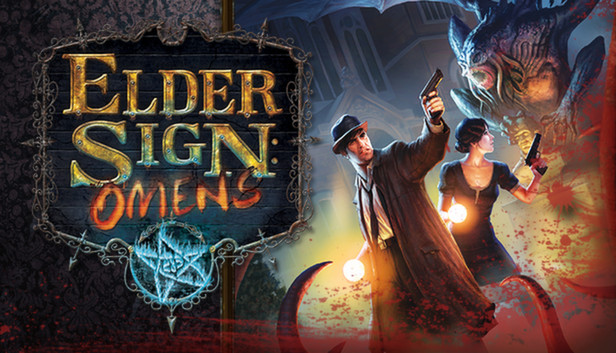
Elder Signs is one of the most popular table strategy games. It’s a mystery game where players have to find clues, items, and other stuff on the game board. The game has multiple difficulty modes, extra content available on purchase, and more
5. Exploding Kittens
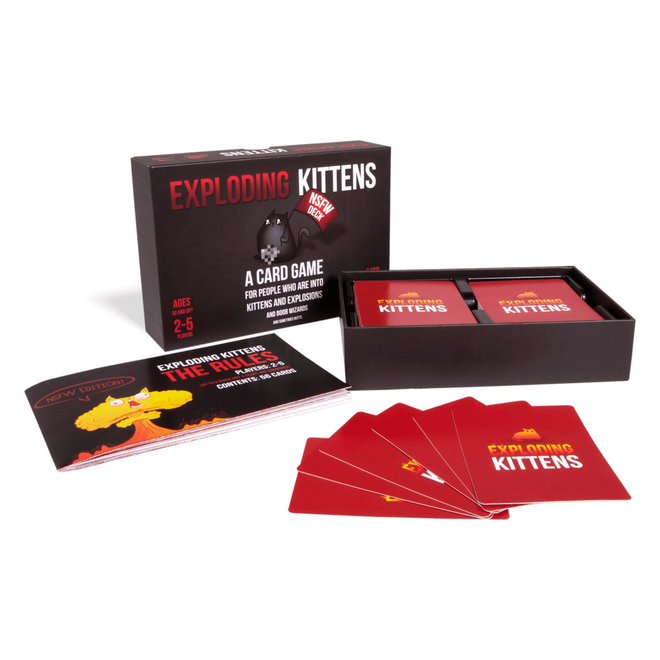
Exploding Kittens is an Android table game with pretty simple rules. Every player gets a card then they take turns drawing cards. Whoever gets the Exploding Kitten must diffuse the kitten or lose the game. There are various cards that offer extra challenges to your opponents. Overall, it is a pretty simple fun table game.
6. The Game of Life 2
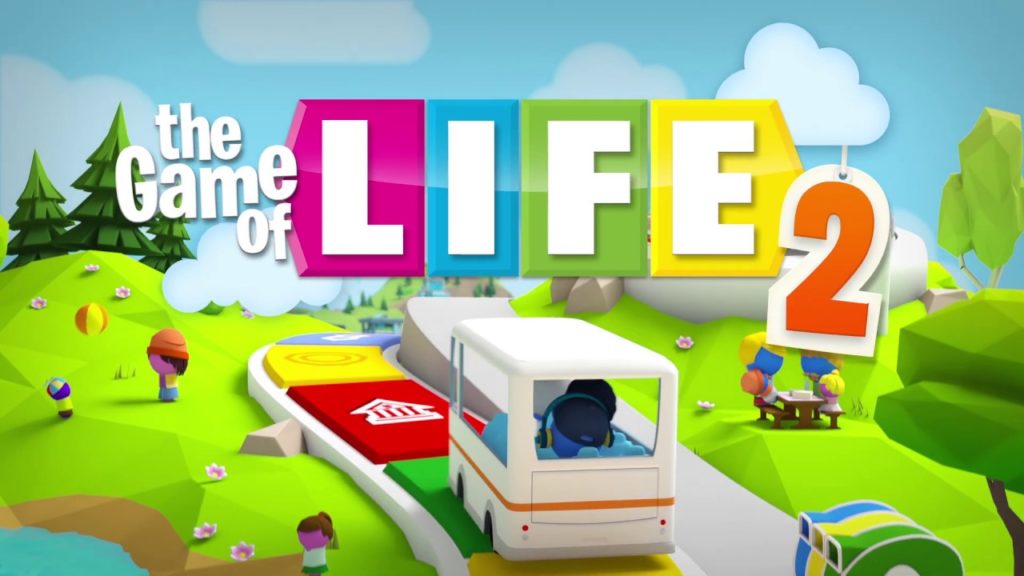
The Game of Life 2 is the sequel to the popular table game. Players progress through the game and lead their lives while building a career and family. It is a fun and thrilling board game. The only drawback is the cost of the game and the plenty of microtransactions.
7. Really Bad Chess
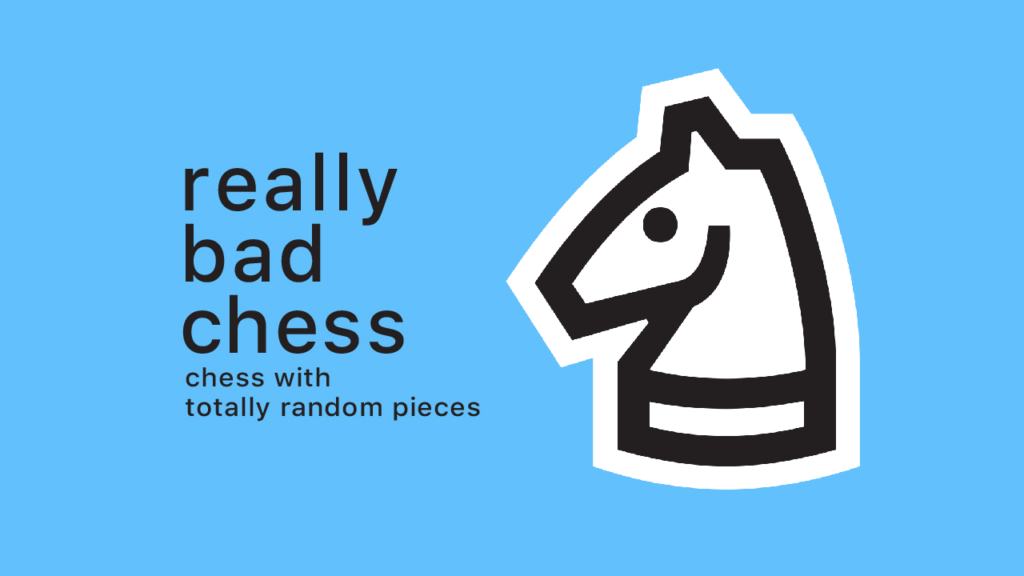
Contrary to its name, Really Bad Chess is not a bad game at all. It is a chess variation with a different set of rules. All the pieces still move as they move in the classic version. The only difference is the pieces players start with. Players can start with eight knights and four queens. The game provides an unprecedented gameplay experience and also provides different game modes in the paid version. If you would like to develop games like chess, make sure to get help from an experienced table game API provider for a ready-to-launch solution.
8. Ticket to Ride
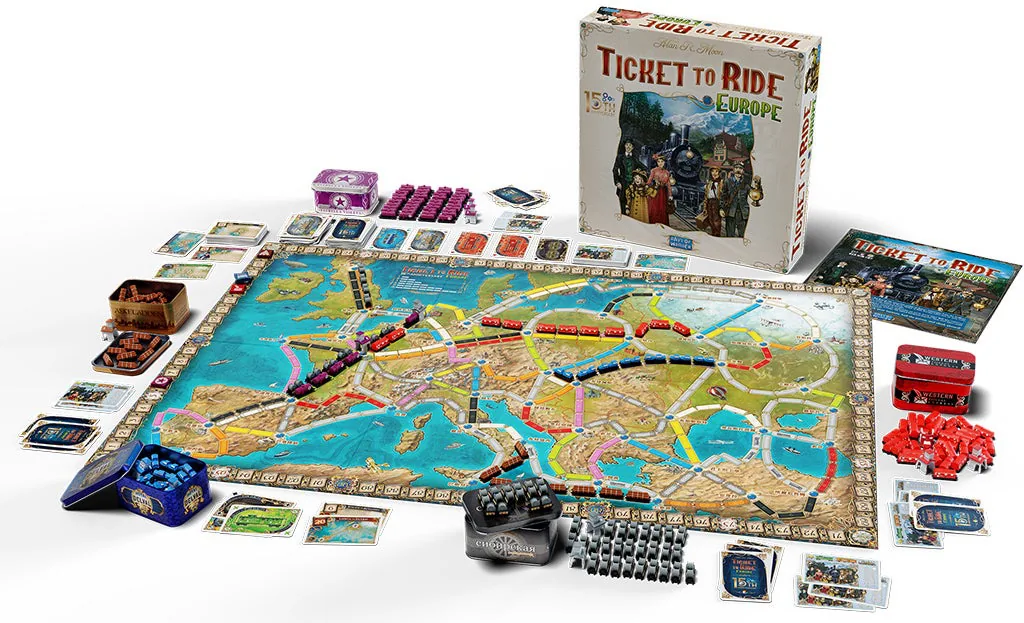
Ticket to Ride is among the top-rated virtual table games currently available.. Players control the railroad and the goal is to complete the most challenges. The player with the most points wins the game. Ticket to Ride offers seven maps, various game modes, and a DLC which unlocks additional playable content. Moreover, there are physical copies of the game available too.
9. Mini Metro
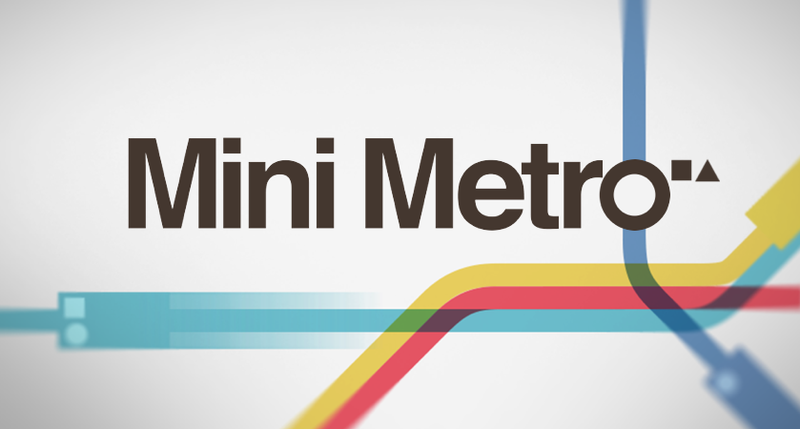
Mini Metro is quite similar to Ticket to Ride. The objective is to design a map for a subway transit system. Mini Metro features 18 cities, various upgrades, and three game modes. The premise of the game is similar to Ticket to Ride but Mini Metro contains simpler graphics and game mechanics. It is available for $4.99 with no in-app purchases. If you are interested in table game software development, make sure to take advice from a table game API provider to get high-quality mini metro-like apps.
10. Antihero
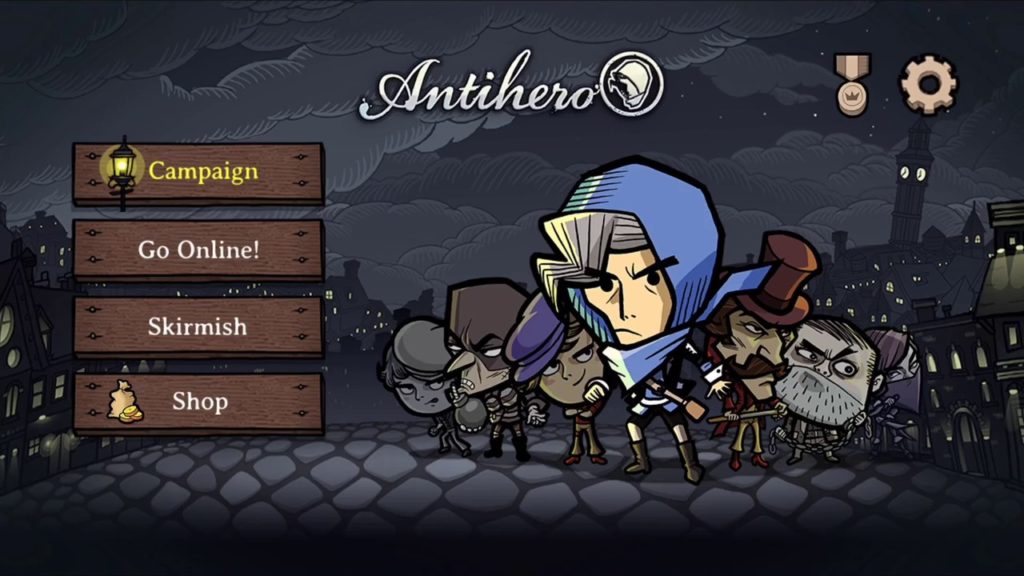
Antihero allows the player to take control of a Victorian thief guild, where you must sustain the guild by stealing and upgrading. It is a relatively new table strategy game which is available for $4.99. The game and character design are quite impressive and the gameplay requires the player to use strategies to come out on top.
These are some of the most popular Android table games in the market. If you are thinking about developing a table game, you can use these games to get a general idea about the gameplay and graphic style of your table game development project.
Why Choose a Table Game API Provider?
Developing a table game from scratch can be complex and time-consuming. A trusted table game API provider offers ready-made, customizable solutions that speed up your development process while ensuring quality and scalability.
Benefits include:
- Access to pre-built game mechanics and multiplayer infrastructure
- Integration of secure payment gateways for in-app purchases
- Ongoing technical support and updates
- Customization to match your unique game concept and branding
By partnering with experts, you can focus on creativity and user engagement without worrying about backend complexities.
Develop Your Own Table Game At BR Softech
If you’re ready to dive into the world of table game development, BR Softech is here to guide you every step of the way. Whether you’re planning to build a simple virtual board game or a complex multiplayer experience, our team of expert developers and designers can bring your vision to life.
From concept design to deployment and post-launch support, we provide end-to-end table game software development services tailored to your needs. Our ready-to-launch table game solutions are built with robust technology, engaging designs, and seamless functionality.
Frequently Asked Questions(FAQs)
Ans: Developing table games requires knowledge of programming languages like C# or C++, game design principles, UI/UX design, and sometimes AI integration for smarter gameplay.
Ans: Absolutely! Multiplayer table games are popular and require networking capabilities to enable real-time interaction among players.
Ans: Table games can be developed for multiple platforms including iOS, Android, Windows, and web browsers to reach a wider audience.
Ans: Costs vary based on game complexity, design, and features but typically range from $10,000 for simple games to over $100,000 for advanced multiplayer games.
Ans: Focus on unique gameplay mechanics, engaging graphics, smooth user experience, and regular updates based on player feedback.
Ans: An experienced API provider can offer ready-made solutions, saving development time and ensuring your game has robust, scalable backend support.
Ans: Balancing game mechanics, ensuring smooth multiplayer connectivity, creating appealing graphics, and complying with legal regulations are common challenges.


